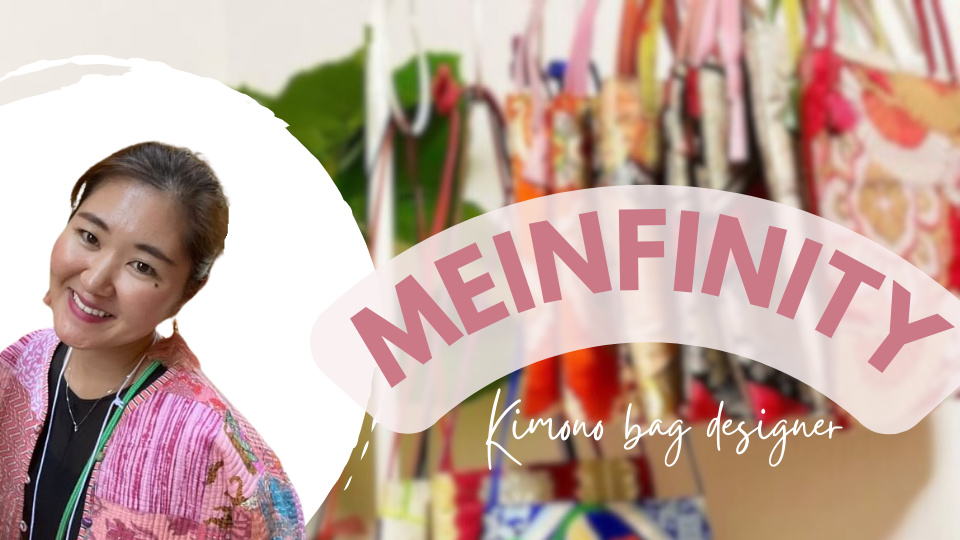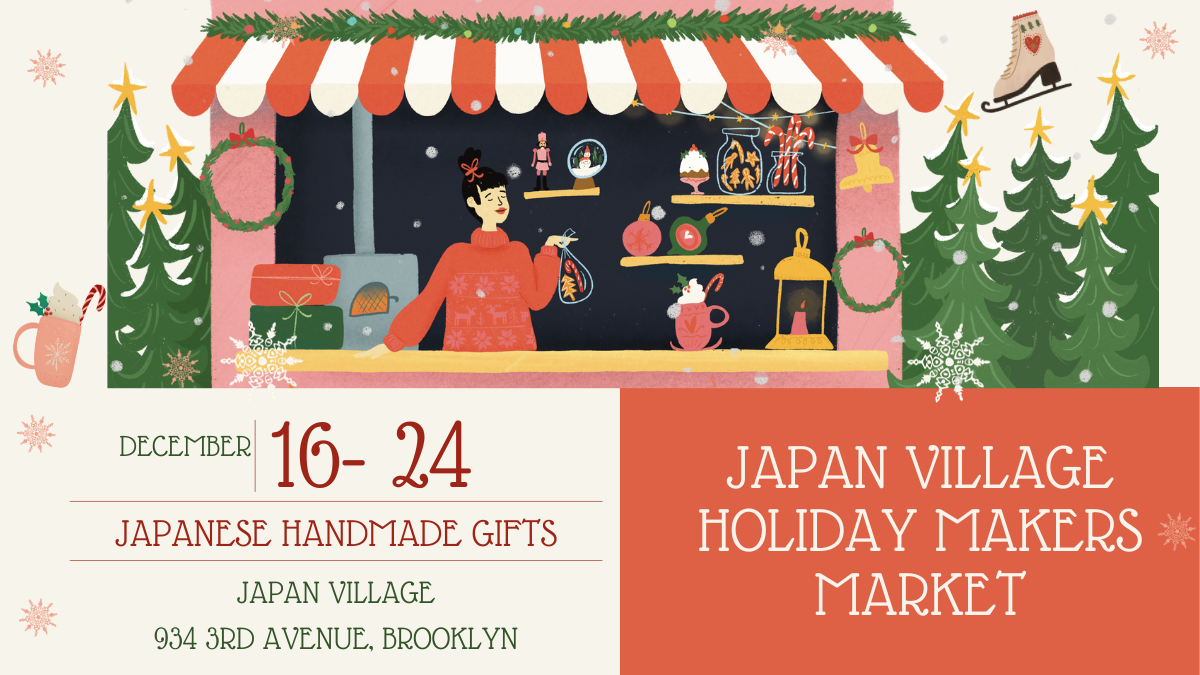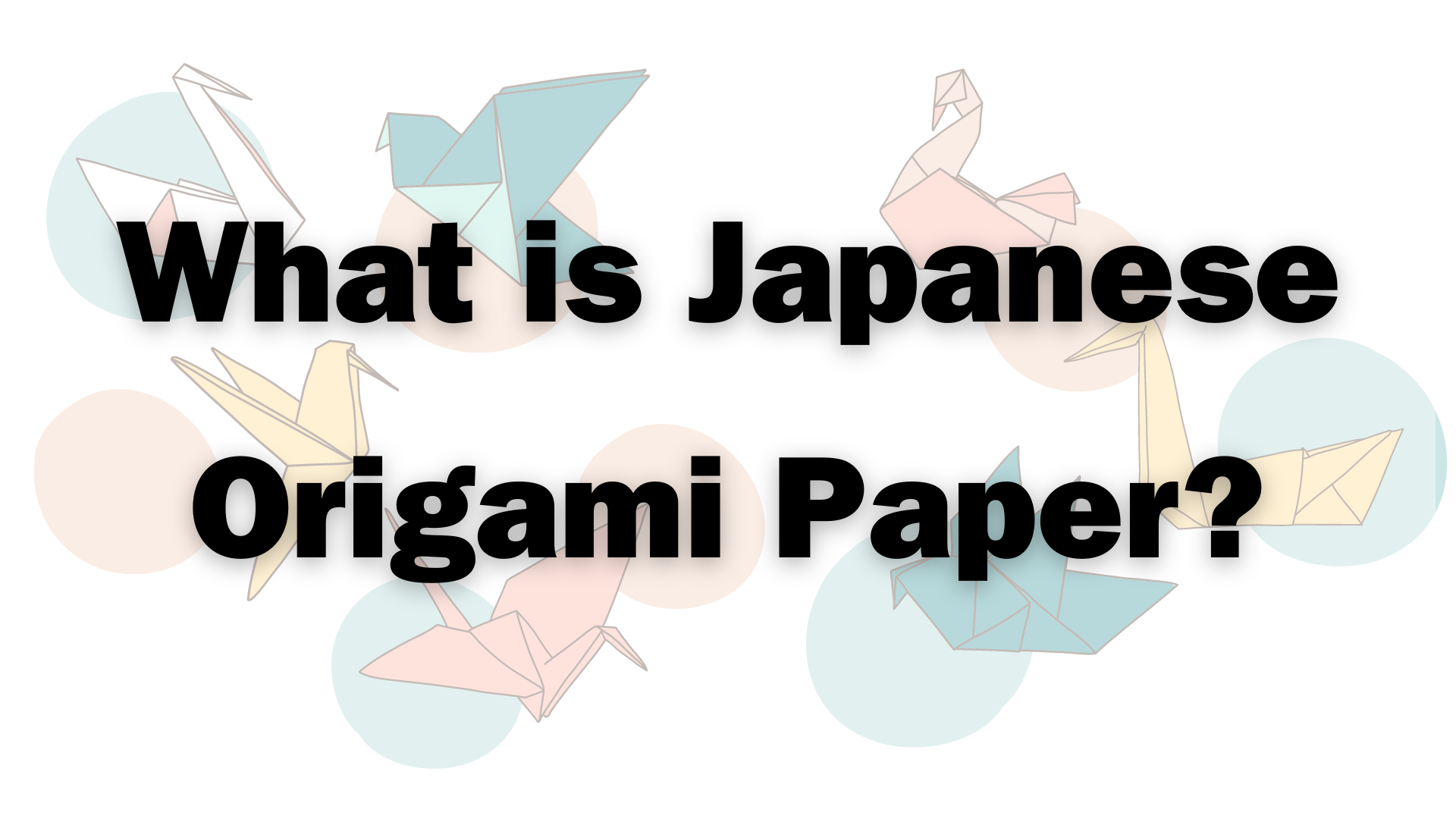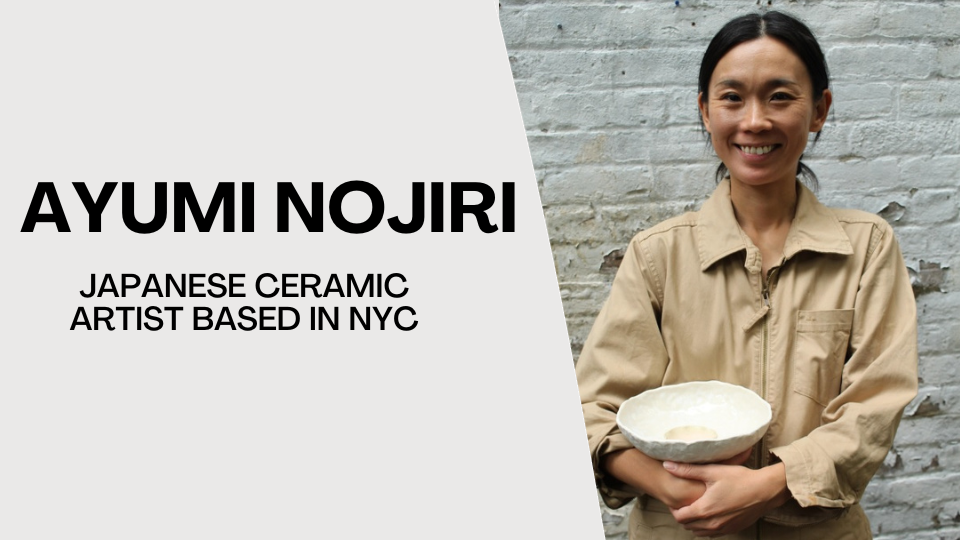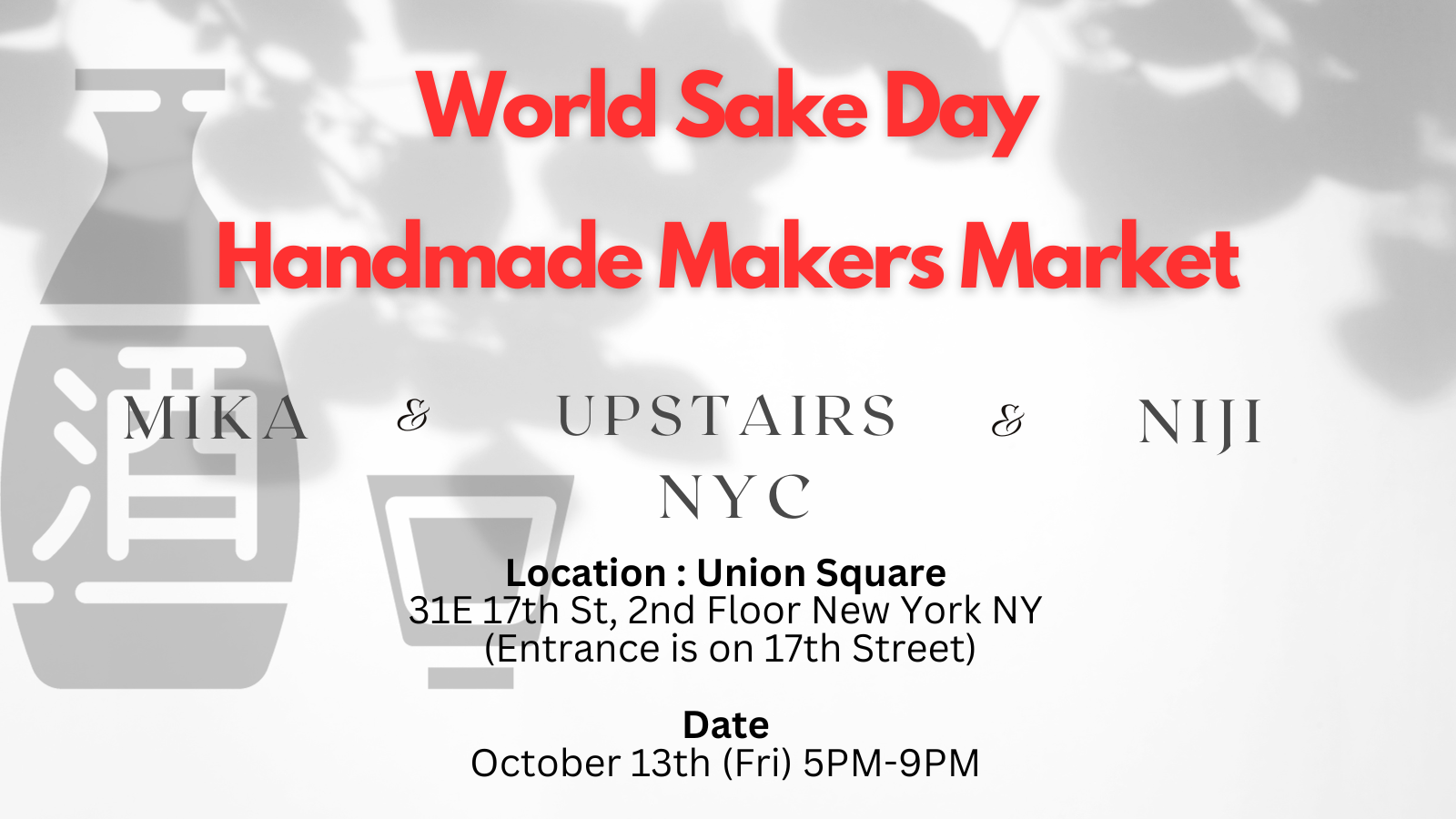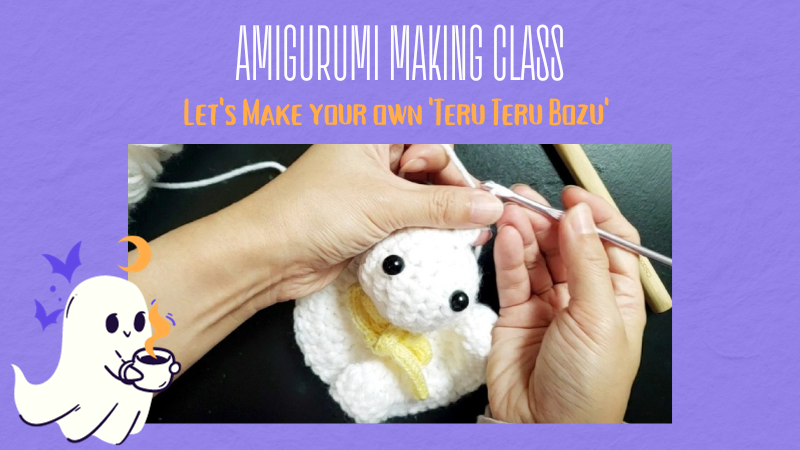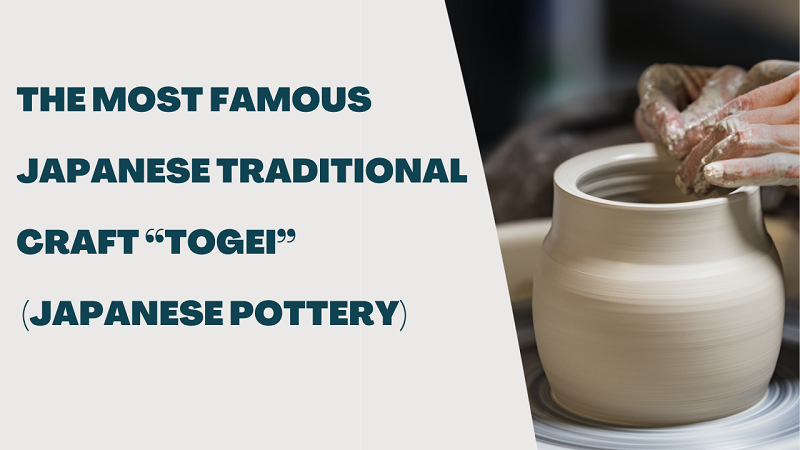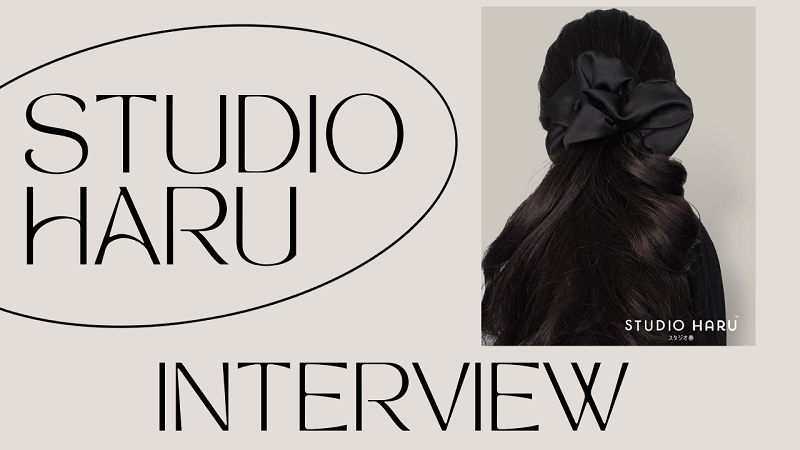Here are some basic pottery techniques.
If you are interested in pottery, we encourage you to actively participate in pottery workshops.
What you can make with pottery:
Vases, dishes, cups, chopstick rests, wind chimes, aroma lamps, musical instruments, dolls, Christmas ornaments, etc.
<Terms frequently used in Pottery>
Tebineri (hand forming)
A technique in which clay is shaped by stretching it with the fingertips. There are basically no restrictions on the shapes of ceramics that can be made using the hands alone.
It is possible to make not only everyday vessels such as tableware and cups, but also ornamental items such as large pots and chopstick rests.
Rokuro (Potter’s Wheel)
The motorized or mechanical potter’s wheel is operated by stepping on a pedal at the foot of the potter’s wheel to rotate the stand.
By using centrifugal force, it is possible to make beautiful vessels of well-defined shapes.
However, because the speed of rotation is very fast, it takes some practice to become proficient.
Also, since there is a limit to the shapes that can be formed, the rokuro is not suitable for certain items that you may want to make.
Typical shapes include vases, tableware, and jars.
Etsuke (Painting)
In the process of painting, colors are applied directly to the pottery, which is then covered with a transparent glaze before firing.
Famous pottery with painted decoration|Kutani ware, Imari ware, and Arita ware.
Yuyaku/ Uwagusuri (Glaze)
A glassy coating material when glaze is applied to the surface of unglazed ceramics and fired again.
Glazes give color, luster, etc., as well as increase the strength of the pottery and protect it from water and dirt by decreasing its water absorbency.
The variety of glazes is unlimited, depending on raw materials and formulations.
Hori/ Kizami (Carving)
The surface of a vessel is decorated with an uneven surface using a stick or blade.
This technique has been used since Jomon pottery, and there are a variety of techniques.
Nerikomi (Kneading)
Two or more types of clay of different colors and the same hardness are kneaded together before forming.
